The Moon
Last weekend, I hosted an astrophotography workshop on lunar photography for our local astronomy club. Tonight the skies finally cleared, and I got to apply what was learned! Here’s our lunar neighbor, in hi-res glory.
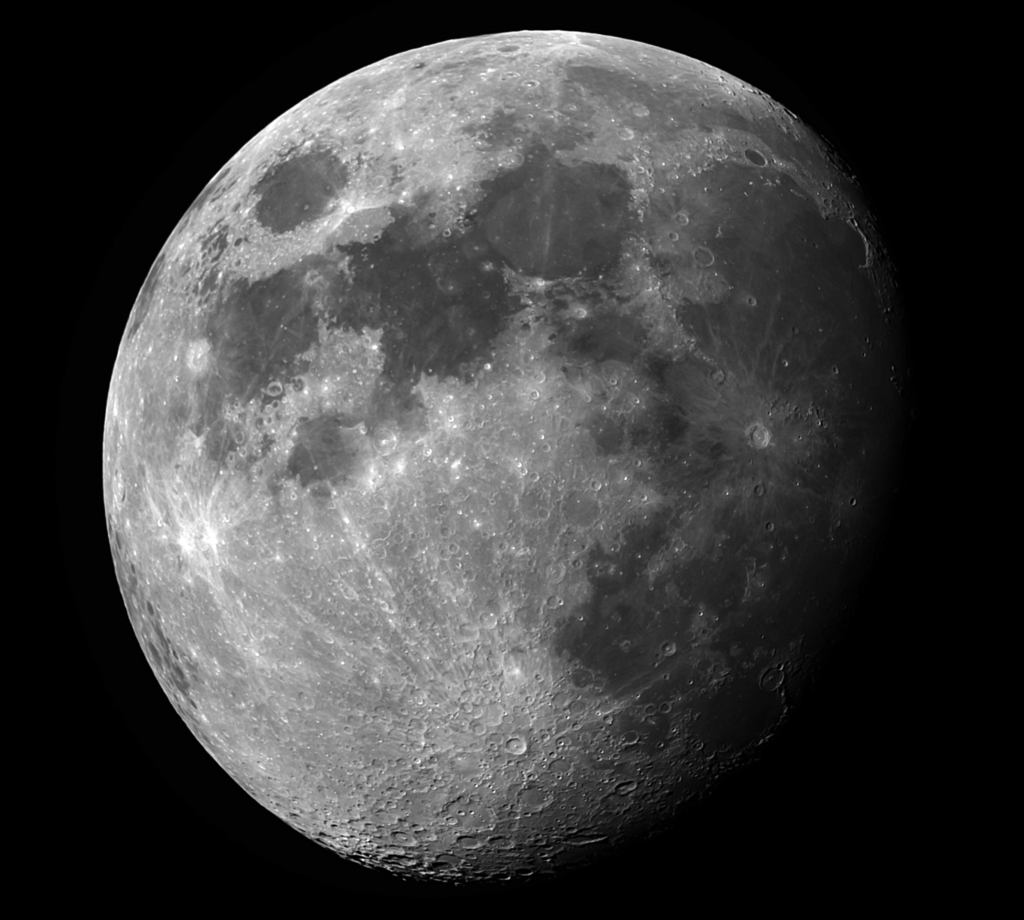
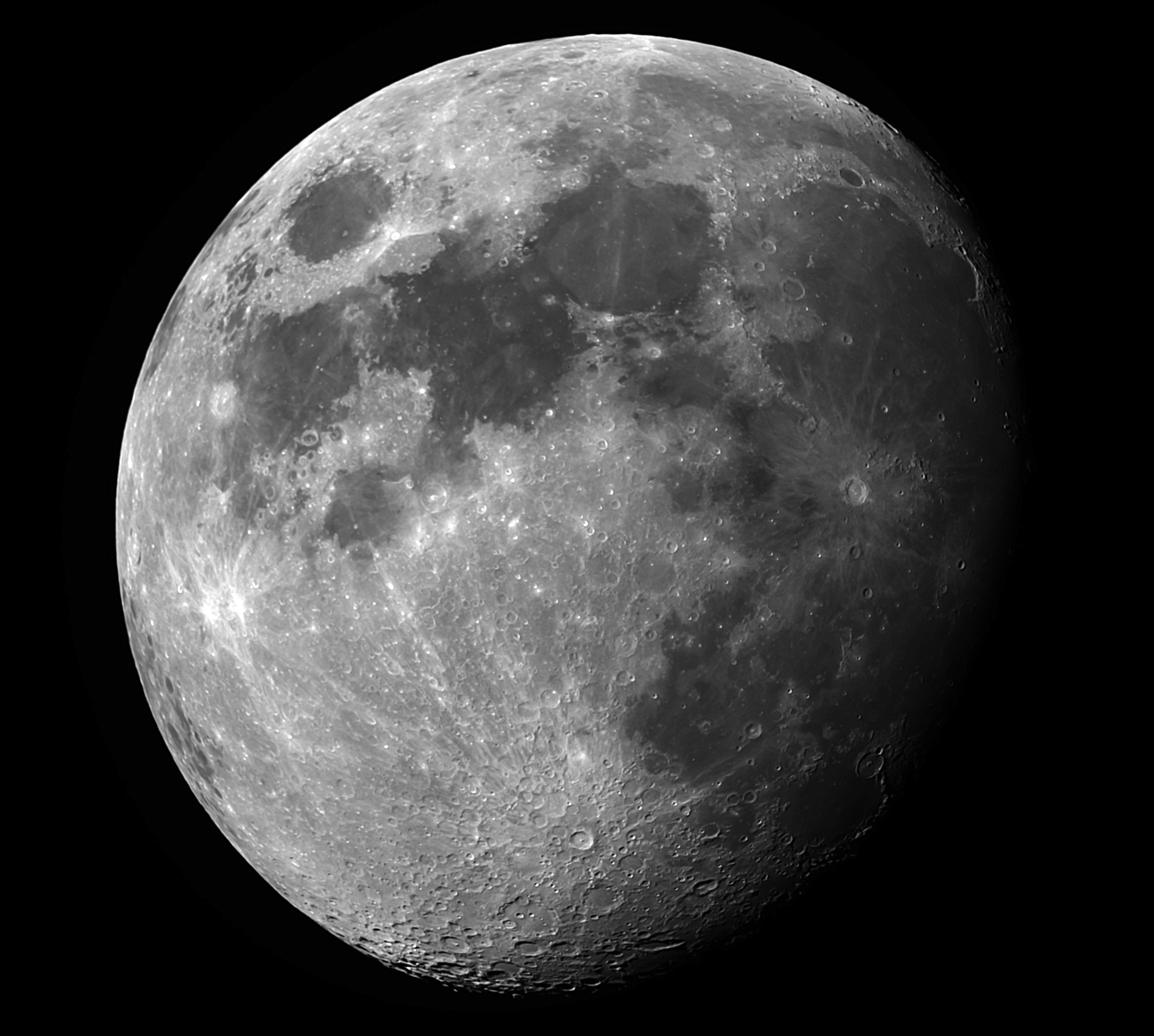
Last weekend, I hosted an astrophotography workshop on lunar photography for our local astronomy club. Tonight the skies finally cleared, and I got to apply what was learned! Here’s our lunar neighbor, in hi-res glory.

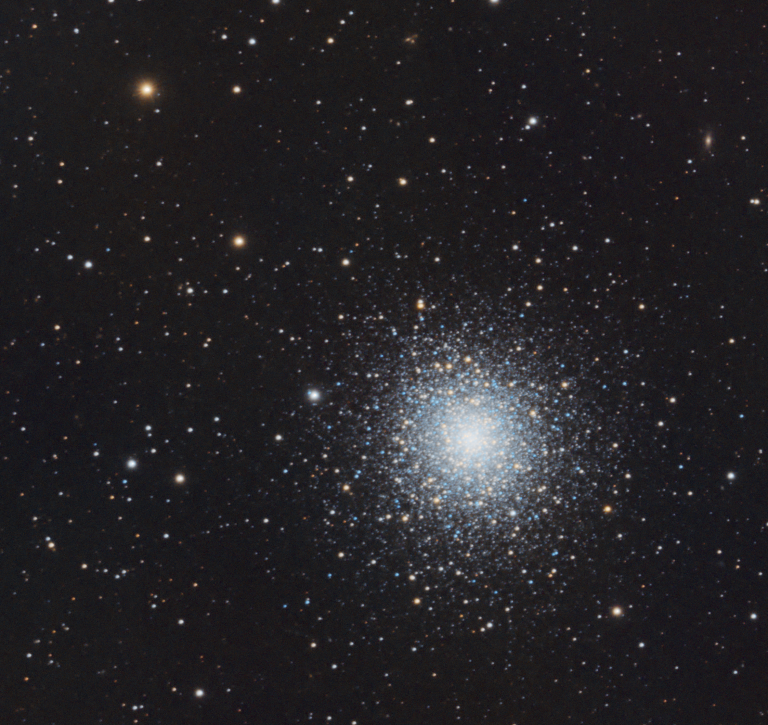
Also in Hercules, M92 is often passed over for its larger and more dazzling neighbor, M13. But M92 is pretty in its own way! It’s also one of the oldest globular clusters in our galaxy (over 11 billion years old) and has some very interesting background galaxies around it too.
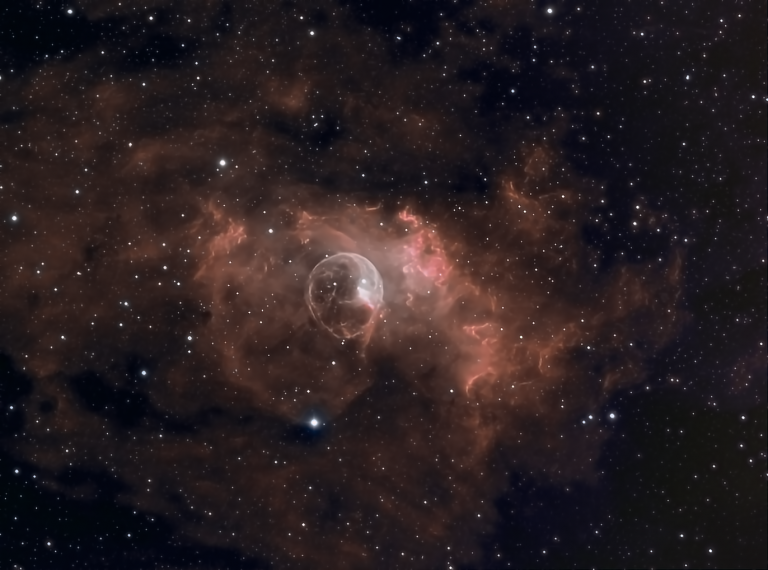
11 light years away, the “bubble” itself is formed from the solar wind of the large, hot star inside of it. Imaged with narrowband filters.
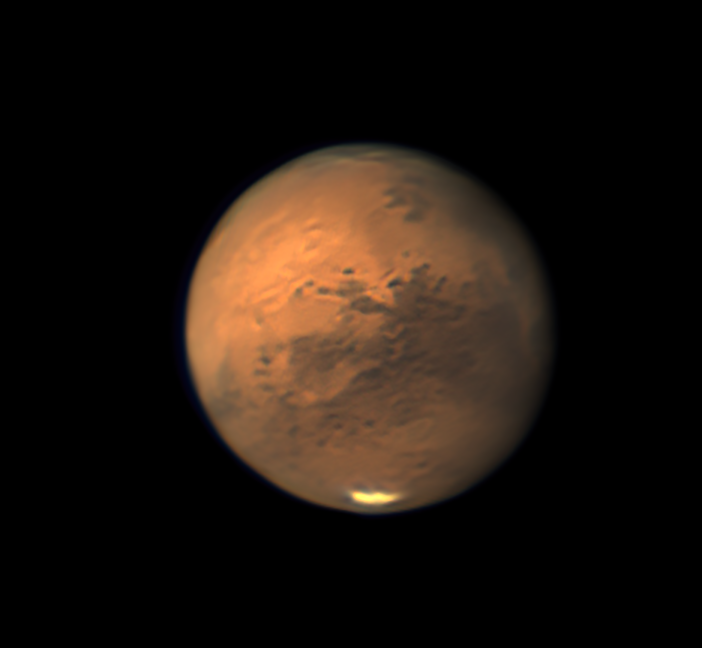
The amateur astronomy community is pretty excited at Mars lately – it’s nearing its closest approach to Earth right now, and this one’s even closer than usual. That means some of the best viewing and imaging opportunities for the Red Planet you’ll ever get. When the skies clear and the atmosphere is still, it’s an…
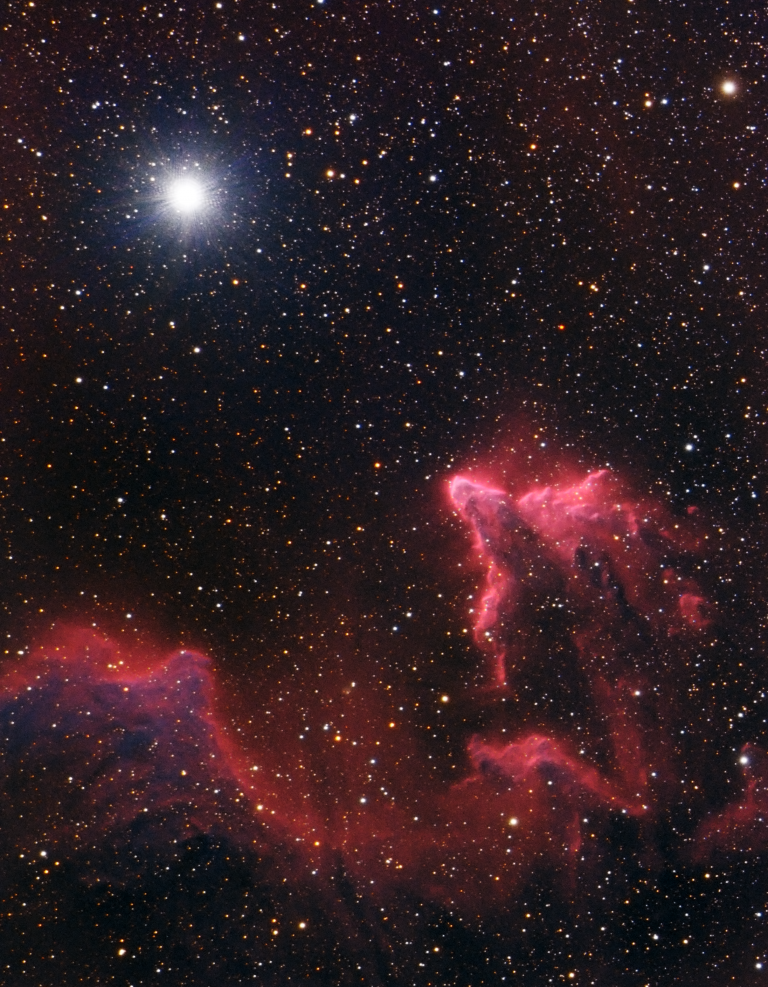
Technically this nebula is called IC63, but its common name “The Ghost of Cassiopeia” seems much more timely, given Halloween is just around the corner! Imaged all night last night, mostly in true colors with some Hydrogen emissions added in to enhance it.
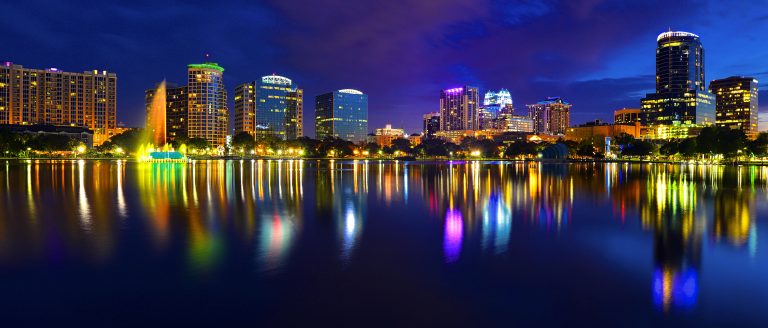
(Image credit: ddmitr, iStockPhoto.com) Every picture on this site was taken from a suburban driveway in a “red zone” on the light pollution map, literally underneath a streetlight. Every year more subdivisions and apartment buildings spring up in my city, and light pollution from the metro Orlando area just keeps getting worse. There are four…
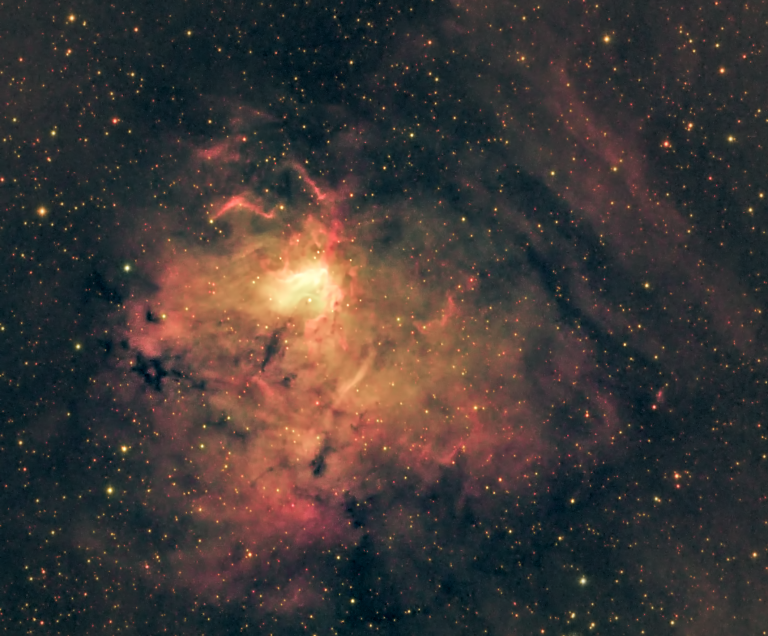
This dim nebula in the constellation Perseus has no name, apart from its catalog numbers NGC 1491 and LBN 704. I think it deserves one. It reminds me of the Bubble nebula – if you look closely, you’ll see a “bubble” at center being created from the stellar wind of the hot star that is…